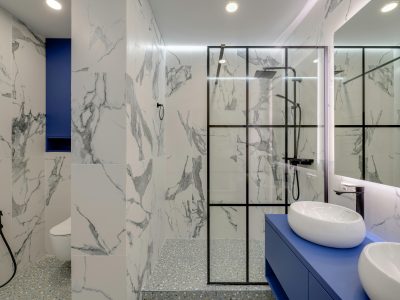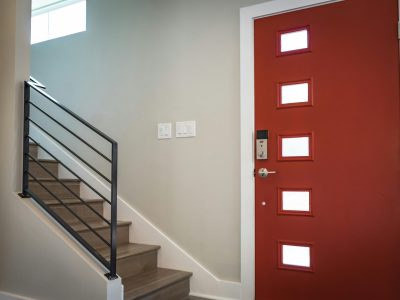In the annals of Australian retail, Myer has long stood as an icon, synonymous with quality, style, and aspiration. For generations, it was the go-to destination for the aspirational middle class, offering a curated selection of fashion, homewares, and lifestyle products that reflected both sophistication and accessibility. However, in recent years, the once-proud retail giant has found itself adrift, losing touch with its core customer base and struggling to adapt to changing market dynamics. Today, Myer stands at a crossroads, grappling with existential questions about its identity and relevance in an increasingly competitive landscape.
Founded in 1900 by Sidney Myer, the department store chain quickly rose to prominence, capturing the imagination of Australians with its grandeur and elegance. Myer was more than just a place to shop; it was a symbol of upward mobility and success. Middle-class families aspired to shop at Myer, drawn by its promise of quality merchandise and impeccable service.
For much of the 20th century, Myer thrived, expanding its footprint across Australia and cementing its status as a retail powerhouse. However, the turn of the millennium brought new challenges for the venerable brand. The rise of online shopping, shifting consumer preferences, and increased competition from international fast-fashion retailers eroded Myer’s market share and profitability.
One of the key factors contributing to Myer’s decline is its failure to evolve with the times and connect with a new generation of consumers. While other retailers embraced digital innovation and embraced experiential retail concepts, Myer remained mired in tradition, clinging to outdated business models and strategies.
The rise of online shopping presented both a challenge and an opportunity for Myer. While e-commerce offered a convenient way for consumers to shop, it also threatened the traditional department store model. Rather than embracing digital transformation, Myer’s response was tepid and half-hearted. Its online platform lagged behind competitors, plagued by technical glitches and a limited product assortment.
Meanwhile, Myer’s physical stores struggled to attract foot traffic as consumers gravitated towards more immersive shopping experiences. The once-glamorous department stores began to feel outdated and uninspiring, failing to resonate with younger shoppers who craved novelty and excitement.
Moreover, Myer’s product offering became increasingly disjointed, failing to cater to the diverse needs and preferences of its customer base. As the retail landscape evolved, Myer was unable to keep pace, relying on a stale assortment of merchandise that was unable to excite or engage shoppers.
Another challenge for Myer has been its inability to define a clear brand identity and position itself in the market. In its heyday, Myer stood for quality, sophistication, and aspiration. However, in recent years, the brand has struggled to articulate what it stands for, leading to confusion among consumers and a loss of relevance.
Compounding these issues is Myer’s strained relationship with its suppliers and partners. Reports of strained negotiations with brands and allegations of unfair treatment have further tarnished Myer’s reputation and eroded trust among stakeholders.
Despite these challenges, there is still hope for Myer’s revival. The recent appointment of a new CEO has brought renewed optimism, with promises of a bold turnaround strategy focused on digital innovation, customer experience, and brand rejuvenation.
To reclaim its status as the destination of choice for the aspirational middle class, Myer must undergo a radical transformation. This entails embracing digital technology to create a seamless omnichannel experience, revamping its store formats to create immersive, experiential environments, and curating a compelling product assortment that reflects the diverse tastes and preferences of its customer base.
Moreover, Myer must rediscover its identity and reconnect with consumers on an emotional level. This means articulating a clear brand proposition that resonates with modern consumers and reflects their aspirations and values.
Furthermore, Myer must repair its relationships with suppliers and partners, fostering collaboration and trust to ensure a sustainable and mutually beneficial ecosystem.
Myer’s decline from a symbol of aspiration to a struggling retail relic is a cautionary tale of the perils of complacency and inertia in a rapidly changing market. However, with bold leadership, strategic vision, and a renewed focus on innovation and customer-centricity, there is still hope for Myer’s revival. Only time will tell whether Myer can reclaim its former glory and once again become the darling of the aspirational middle class.













Comments